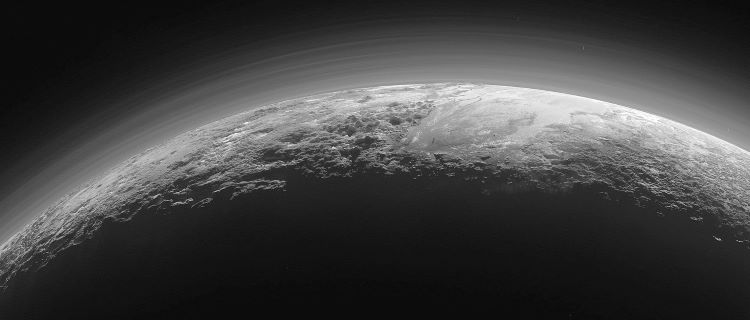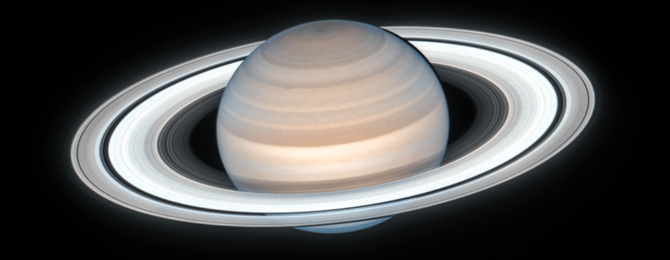We’ve already seen the success of the Ingenuity probe on Mars. The first aircraft to fly on another world set off on its maiden voyage in April 2021 and has now completed 72 flights. Now a team of engineers are taking the idea one step further and investigating ways that drones can be released from satellites in orbit and explore the atmosphere without having to land. The results are positive and suggest this could be a cost effective way to explore alien atmospheres.
Continue reading “Drone Test Flights Are Being Tested for Flights on Alien Worlds”Drone Test Flights Are Being Tested for Flights on Alien Worlds




